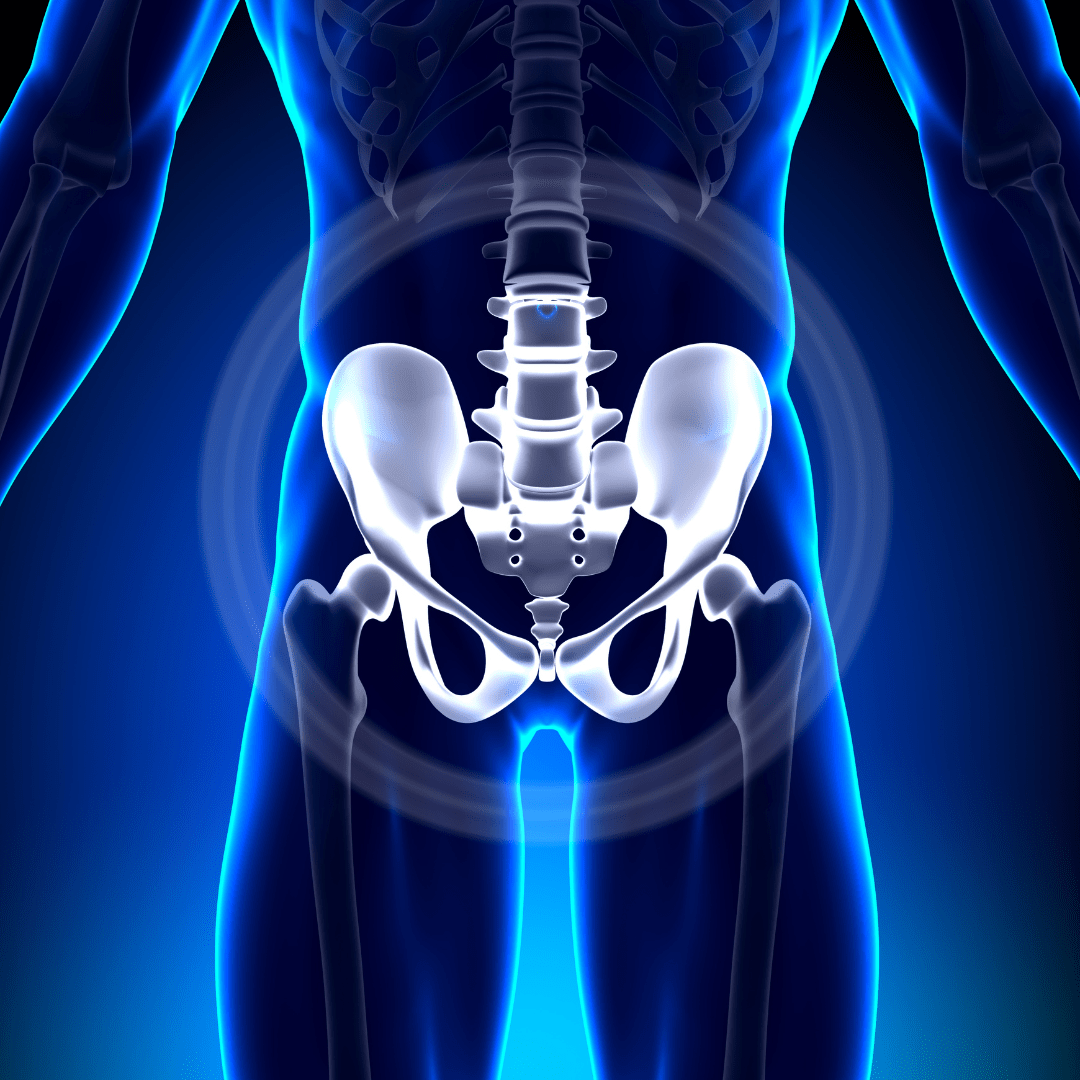Our fabulous massage therapist Nancy, who is also a Pilates instructor, is here to tell you all about pelvic stability!
When we talk about pelvic stability, we mean the ability of the muscles in and surrounding your pelvis in aiding typical everyday movements – such as sitting, walking and standing. These muscles are part of your core (the powerhouse of your body) when it comes to how important they are for normal functionality of the body. Pelvic stabilisers include the muscles of your deep hip flexors and muscles of the pelvic girdle as well as the obliques, glutes, and lower back muscles.
We frequently exercise these muscles without realising their role in the maintenance of good posture and mobility. However, by being more conscious of them whilst moving, and specifically training them, they can improve posture and bring greater overall strength and balance to your body.
Often in the clinic we find that the main offender causing back pain, pelvic pain, hip pain and knee pain is core weakness and pelvic instability. With these issues present, other postural muscles regularly have to work harder making everyday movements more difficult to control. To mitigate this – deep core exercises are advised, these are often very simple, but their impact can be long lasting and greatly benefit the moving body.
By focussing on pelvic stability exercises we can improve overall movement and the ability to better control good posture. So, what can you do to help these muscles remain healthy?
Answer: Realignment core exercises, and staying active.
A selection of my top 3 exercises to help improve pelvic stability:
1.Pelvic Tilts/Rocking
Lying on your back relaxing shoulders and pelvis with feet to ground and knees in line with hips, roll and lift the lower back as you tilt the front of the pelvis towards the legs, keeping the butt to the floor, relax the back to press the spine to the ground. Rock between theses two positions contracting abs and lower back muscles in turn.
2. Dead Bug / Supine Leg extensions / Toe Taps
Another supine exercise involving (for more advanced practitioners) both knees balancing over the hips pressing spine close to floor by bracing the core. From here extending the legs away from you whilst maintaining pressure through the hips flexors and core muscles
3. Clam Shells:
Lying on your side, bracing through core, stacking hips, knees and ankles and hinging from the hips and knee – whilst squeezing the glutes and maintaining alignment throughout the core, back and abs.
Give these a try and let us know how you get on! If you are suffering with back pain, hip pain, pelvic pain or any pain that is stopping you from living the life you love then get in touch today to see how we can help here at Oakfield!


